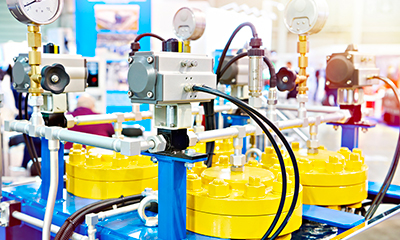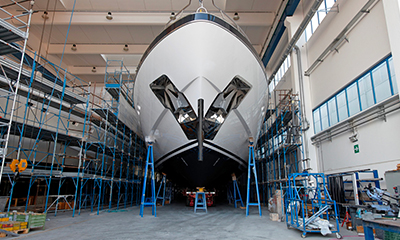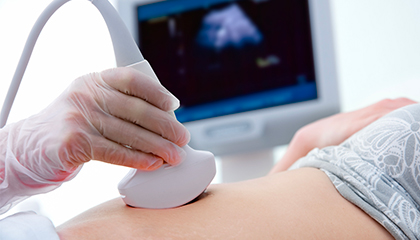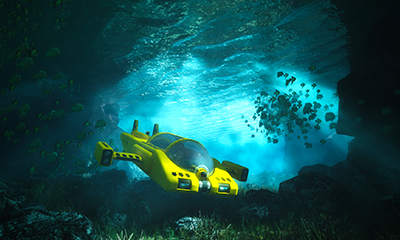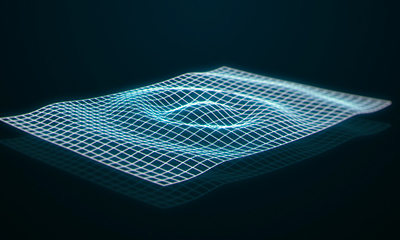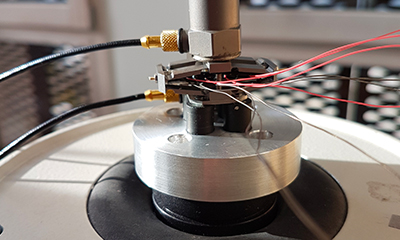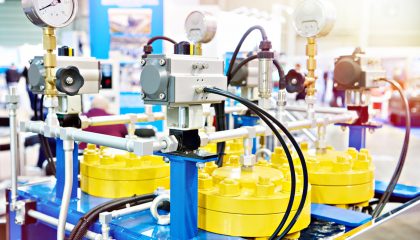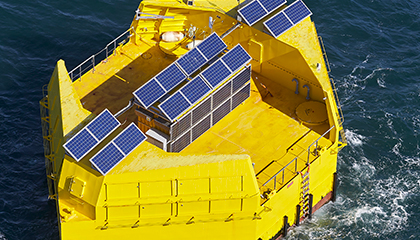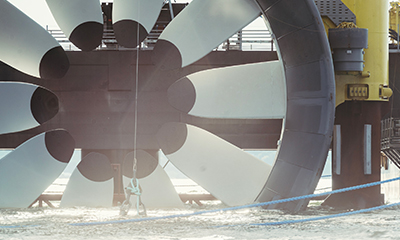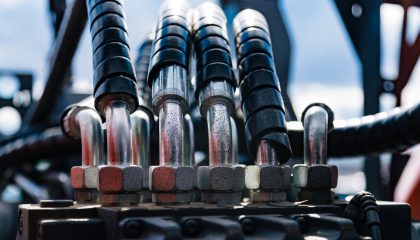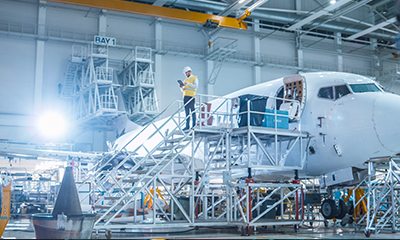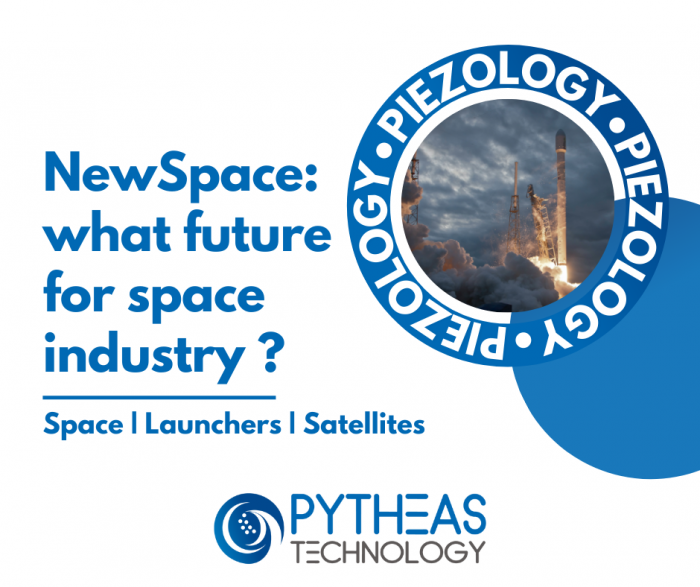What does NewSpace mean?
Human activities in space are obviously nothing new, but its access and use have evolved in the past decade. If we oppose it to the “Old Space”, i.e. the space industry until the years 1990-2000, we can say that NewSpace is a new way of approaching space activity. Until then, the space domain was reserved for States, through space agencies such as NASA or ESA, and for major aeronautical groups (Airbus, Boeing, Dassault, etc.), mainly for scientific and geopolitical ambitions: scientific to study the universe, observe the Earth or explore the Moon, and geopolitical, especially during the Cold War, when states wanted to establish their presence in space and demonstrate their technological capabilities.
NewSpace considers space more as a source of business opportunities, which attracts the private sector, for instance players from the Silicon Valley and the GAFA. Among the emblematic actors of NewSpace, we can name Elon Musk with SpaceX, Jeff Bezos with Blue Origin or Richard Branson with Virgin Galactic. NewSpace advocates more agility and speed in the development of space projects, but also greater risk-taking, both technological and economic. Spatial activities must therefore meet the needs of new markets and the expectations of new end customers.
The missions are of course not the same as those of traditional space and mainly target low orbits (less than 2000km altitude). The new satellites, usually smaller, lighter, more flexible, and less expensive, are used for instance to detect water or methane leaks, or threats of deforestation, or to guide agricultural machinery. Access to space is therefore opening, and wealthy tourists have even been able to travel in space aboard the Soyouz rocket.
For its development, NewSpace uses technological advances and innovations from other sectors, aeronautics or Big Data for example, such as:
- Digital technology
- Artificial intelligence
- The miniaturization of electronic components
- New materials
- Embedded systems
Following a cost reduction approach to increase access to space, a major challenge has emerged: develop reusable launchers. NASA conducted research on the topic in the 1960s, but the programs was stopped because of a lack of founding. Elon Musk relaunched the idea with Space X and it is now estimated that reusable launchers are profitable after 8 to 10 uses.
Why and how to reuse satellite launchers?
The idea of reusing launchers answers both economic and ecological issues: reuse rather than single use. The idea is of course attractive but requires a technical adaptation. How to recondition and restore launchers? How to ensure their reliability? We invite you to read the CETIM summary on the reusable space revolution to understand its impact on the launchers’ structural mechanics.
The ultimate goal is to be able to use satellite launchers like aircrafts. They would be able to take off from different launch bases, drop their payload into orbit, and return to land. They would then be quickly reused for a new flight. The issue of reusability is important, because CNES and Space X estimate that it would save 30% of the launch cost.
For this, it is therefore necessary to check the integrity of the launcher to ensure that it can be reused safely. This is where PYTHEAS Technology comes in.
What does PYTHEAS Technology offer to the NewSpace industry?
PYTHEAS Technology has developed, in partnership with the CNES, an embedded SHM (Structural Health Monitoring) system. It can detect, characterize and localize defects and damages in structures. This network of piezoelectric emitters and receivers can be placed on the surface of launchers to map and monitor them, and thus verify their integrity. This solution offers two main advantages. First, thanks to the embedded system and the real-time analysis, there is no need to call on a non-destructive testing professional or suspend the launcher’s use for a long time, usually needed for hand-operated controls. Second, this solution can support predictive maintenance actions and, therefore, reduce the use of unnecessary preventive or corrective maintenance measures.
Do not hesitate to read our article on SHM and structural control to learn more about this method.
PYTHEAS Technology’s solution is currently in development and experimental validation phase with the CNES and ArianeGroup and should take off to space by 2024 or 2025.
Other solutions developed by PYTHEAS Technology could also be applied to the space industry, such as our vibration absorbers. A project of piezoelectric absorbers is currently under development with the CNES to adapt our technology to payloads with critical sensitivity to vibrations.
Do not hesitate to send us a message to find out more about our solutions for NewSpace!
